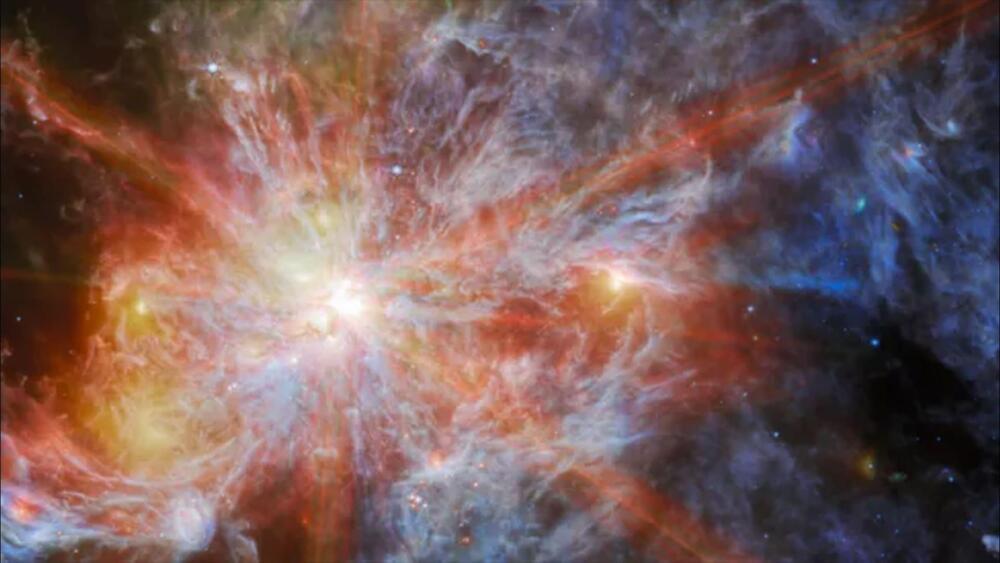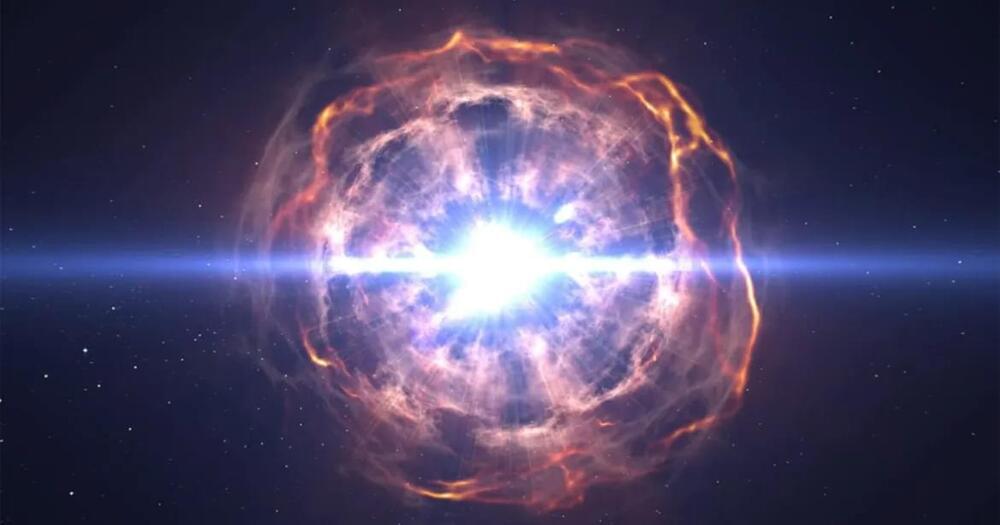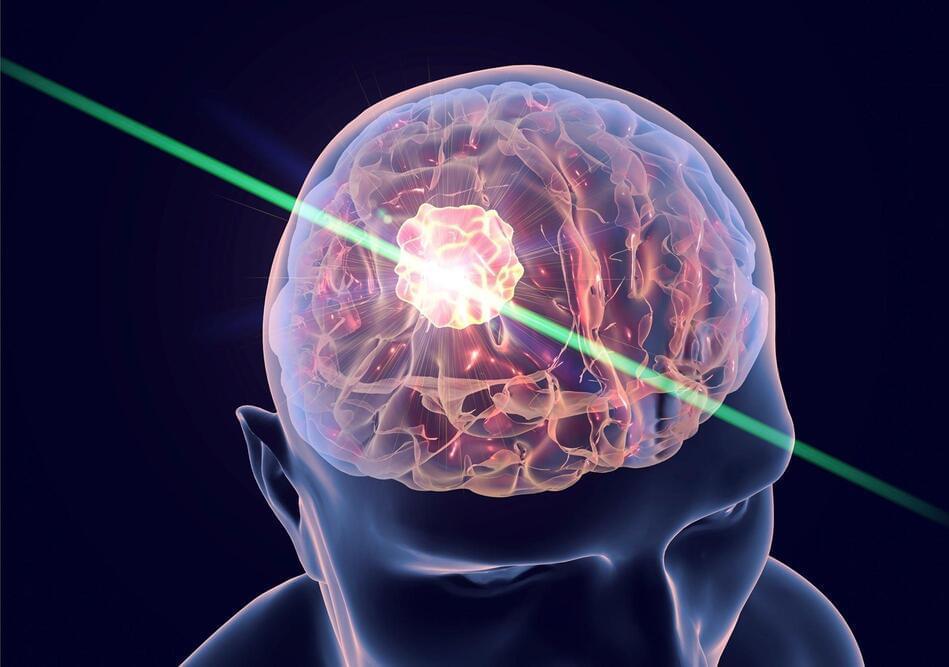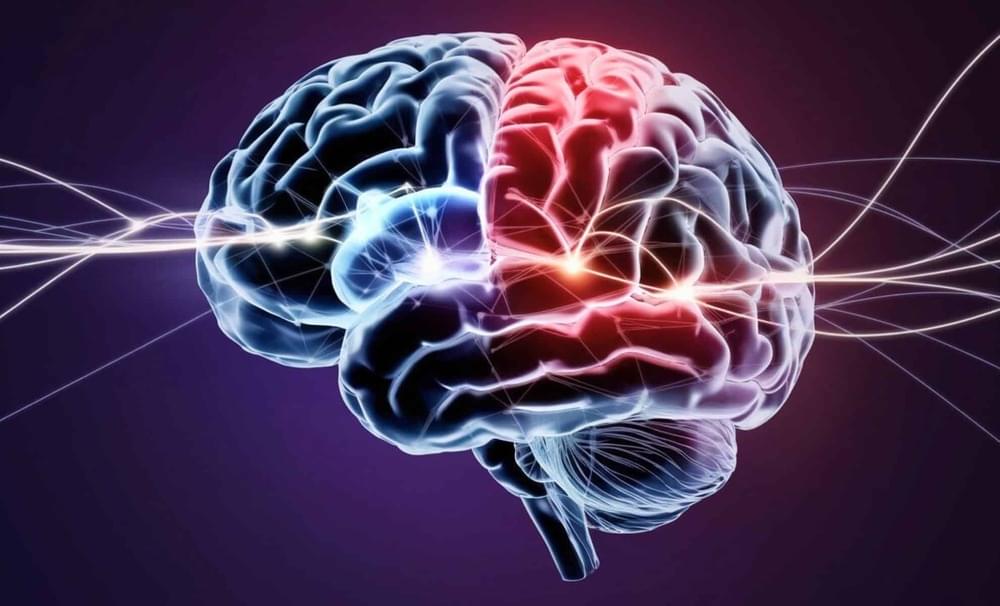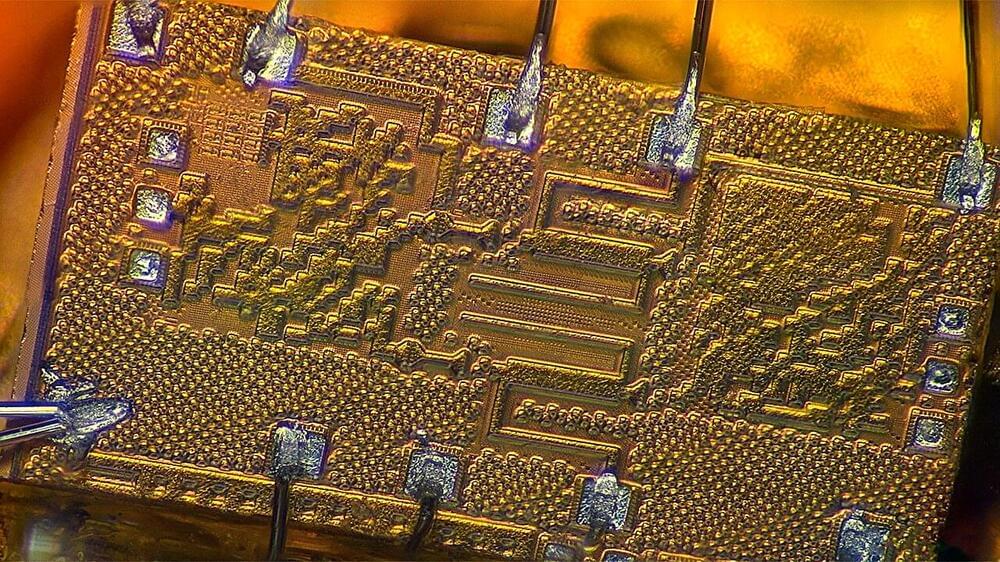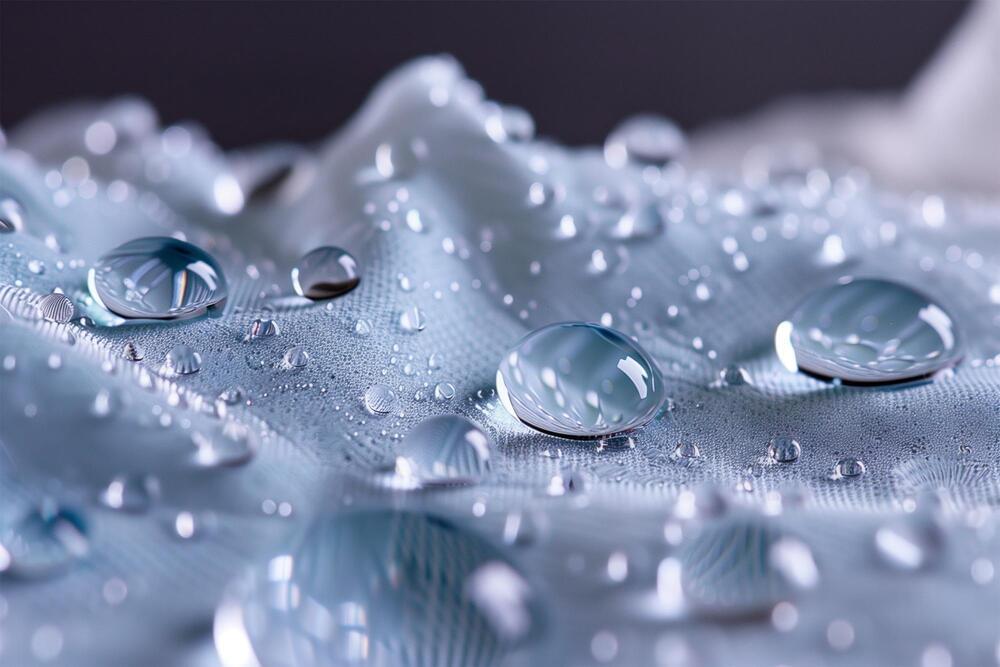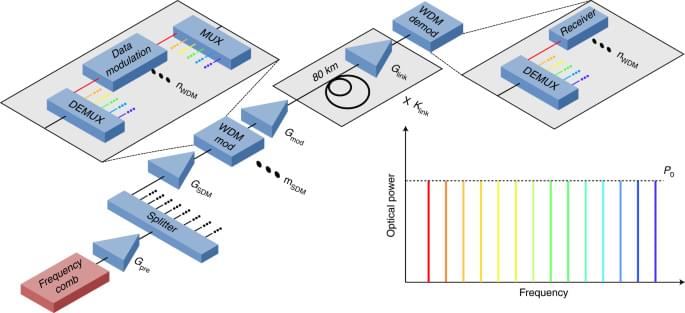Latest posts
Jan 6, 2025
Scientists Observed A Star Exploding In Real-time For The First Time Ever
Posted by Shubham Ghosh Roy in category: space
In a monumental achievement for astronomy, scientists have, for the first time, observed a star explode in real time. The star in question, a red supergiant named SN 2020tlf, is located approximately 120 million light-years away. A team of researchers began studying the star more than 100 days before its violent collapse, using data from the University of Hawaii’s Pan-STARRS1 telescope and the W. M. Keck Observatory on Mauna Kea.
Jan 6, 2025
This Tiny “Molecular Flashlight” Could Transform Brain Disease Detection
Posted by Genevieve Klien in categories: biotech/medical, neuroscience
A new “molecular flashlight” technique allows non-invasive insight into brain pathologies, lighting up the future of neurological research. The probe can reach deep into the brain with minimal damage, earning its designation as a minimally invasive device. It emits an ultra-thin beam of light.
Jan 6, 2025
Your Memories May Not Die with You—Scientists Are Figuring Out How to Retrieve Them
Posted by Genevieve Klien in category: neuroscience
What if memories didn’t die with us? Scientists are exploring the tantalizing idea of extracting memories from the brains of deceased individuals—a concept that blurs the line between science and fiction. But how close are we to making this a reality? And what ethical dilemmas could arise if we succeeded?
Jan 6, 2025
AI unveils strange chip designs, while discovering new functionalities
Posted by Genevieve Klien in category: robotics/AI
Specialized microchips that manage signals at the cutting edge of wireless technology are astounding works of miniaturization and engineering. They’re also difficult and expensive to design.
Now, researchers at Princeton Engineering and the Indian Institute of Technology have harnessed artificial intelligence to take a key step toward slashing the time and cost of designing new wireless chips and discovering new functionalities to meet expanding demands for better wireless speed and performance.
In a study published in Nature Communications, the researchers describe their methodology, in which an AI creates complicated electromagnetic structures and associated circuits in microchips based on the design parameters. What used to take weeks of highly skilled work can now be accomplished in hours.
Jan 6, 2025
How US-Indian NISAR Satellite Will Offer Unique Window on Earth
Posted by Genevieve Klien in category: space
A Q&A with the lead U.S. scientist of the mission, which will track changes in everything from wetlands to ice sheets to infrastructure damaged by natural disasters.
The upcoming U.S.-India NISAR (NASA-ISRO Synthetic Aperture Radar) mission will observe Earth like no mission before, offering insights about our planet’s ever-changing surface.
The NISAR mission is a first-of-a-kind dual-band radar satellite that will measure land deformation from earthquakes, landslides, and volcanoes, producing data for science and disaster response. It will track how much glaciers and ice sheets are advancing or retreating and it will monitor growth and loss of forests and wetlands for insights on the global carbon cycle.
Jan 6, 2025
Temporal Mechanics: D-Theory as a Critical Upgrade to Our Understanding of the Nature of Time by Alex M. Vikoulov
Posted by Alex Vikoulov in categories: neuroscience, quantum physics
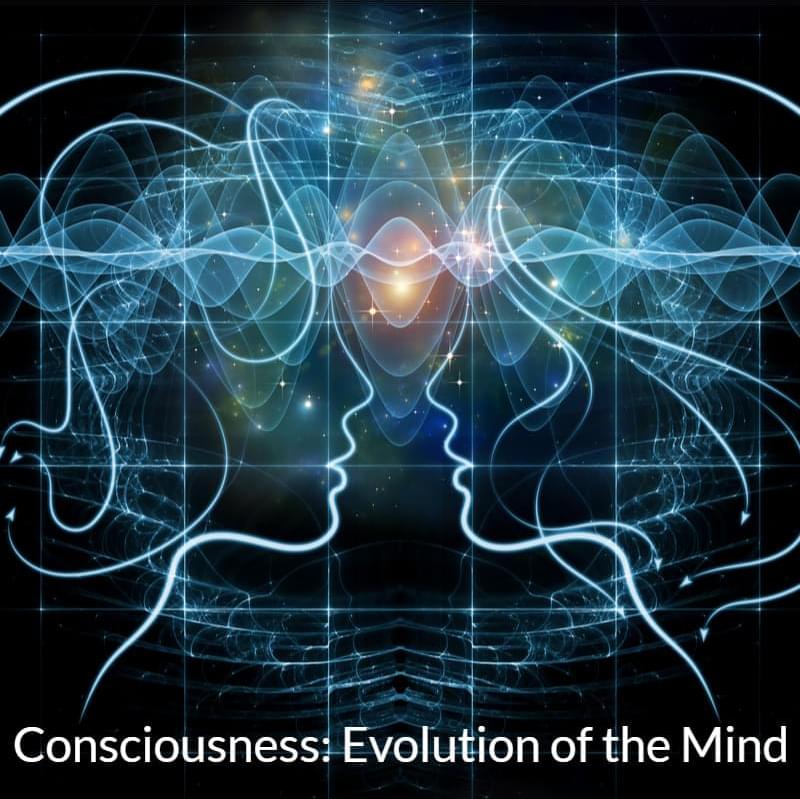
My new book TEMPORAL MECHANICS is finally here! Ecstadelic Media Group releases Temporal Mechanics: D-Theory as a Critical Upgrade to Our Understanding of the Nature of Time, The Seminal Papers series (Vol. I) by Alex M. Vikoulov as a Kindle eBook (Press Release, Burlingame, CA, USA)
*Check/preview eBook on Amazon: https://www.amazon.com/dp/B0DHL9GCW8?tag=lifeboatfound-20
Jan 6, 2025
Jacob Bernoulli
Posted by Cecile G. Tamura in categories: education, mathematics, physics
Jacob Bernoulli returned to Switzerland and taught mechanics at the University in Basel from 1,683, giving a series of important lectures on the mechanics of solids and liquids. Since his degree was in theology it would have been natural for him to turn to the Church, but although he was offered an appointment in the Church he turned it down. Bernoulli’s real love was for mathematics and theoretical physics and it was in these topics that he taught and researched. During this period he studied the leading mathematical works of his time including Descartes’ Géométrie and van Schooten’s additional material in the Latin edition. Jacob Bernoulli also studied the work of Wallis and Barrow and through these he became interested in infinitesimal geometry. Jacob began publishing in the journal Acta Eruditorum which was established in Leipzig in 1682.
In 1,684 Jacob Bernoulli married Judith Stupanus. They were to have two children, a son who was given his grandfather’s name of Nicolaus and a daughter. These children, unlike many members of the Bernoulli family, did not go on to become mathematicians or physicists.
You can see the Bernoulli family tree at THIS LINK.
Jan 6, 2025
This Water-Resistant Paper Could Revolutionize Packaging and Replace Plastic
Posted by Quinn Sena in categories: biotech/medical, chemistry, engineering
A groundbreaking study showcases the creation of sustainable hydrophobic paper, enhanced by cellulose nanofibres and peptides, presenting a biodegradable alternative to petroleum-based materials, with potential uses in packaging and biomedical devices.
Researchers aimed to develop hydrophobic paper by leveraging the strength and water resistance of cellulose nanofibers, creating a sustainable, high-performance material suitable for packaging and biomedical applications. This innovative approach involved integrating short protein chains, known as peptide sequences, without chemically altering the cellulose nanofibers. The result is a potential alternative to petroleum-based materials, with significant environmental benefits.
The study, titled “Nanocellulose-short peptide self-assembly for improved mechanical strength and barrier performance,” was recently featured on the cover of the Journal of Materials Chemistry B. The research was conducted by the “Giulio Natta” Department of Chemistry, Materials, and Chemical Engineering at Politecnico di Milano, in collaboration with Aalto University, the VTT-Technical Research Centre of Finland, and the SCITEC Institute of the CNR.
Jan 6, 2025
Petabit-per-second data transmission using a chip-scale microcomb ring resonator source
Posted by Quinn Sena in categories: computing, internet
face_with_colon_three year 2022 This photonic chip can transmit all the internet data every second.
A microcomb source based on a silicon nitride ring resonator is shown to support petabit-per-second data transmission over a multicore optical fibre.
